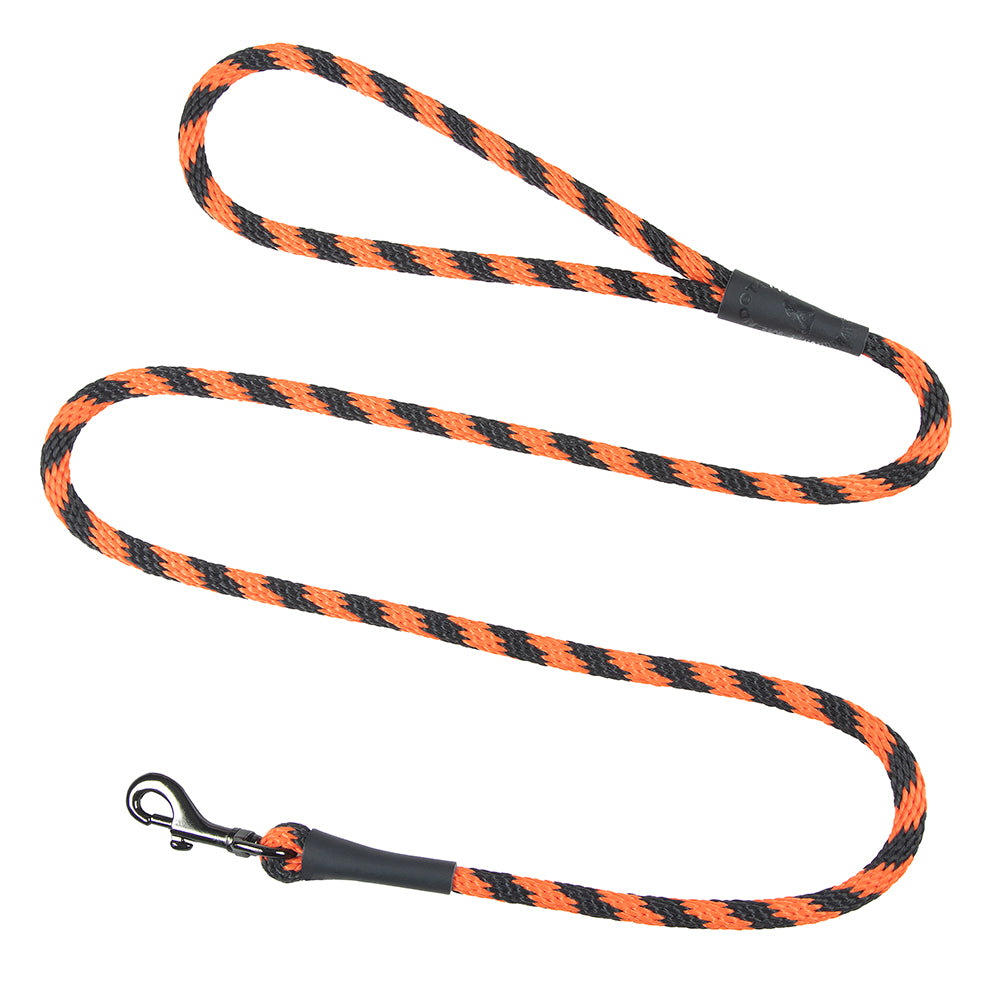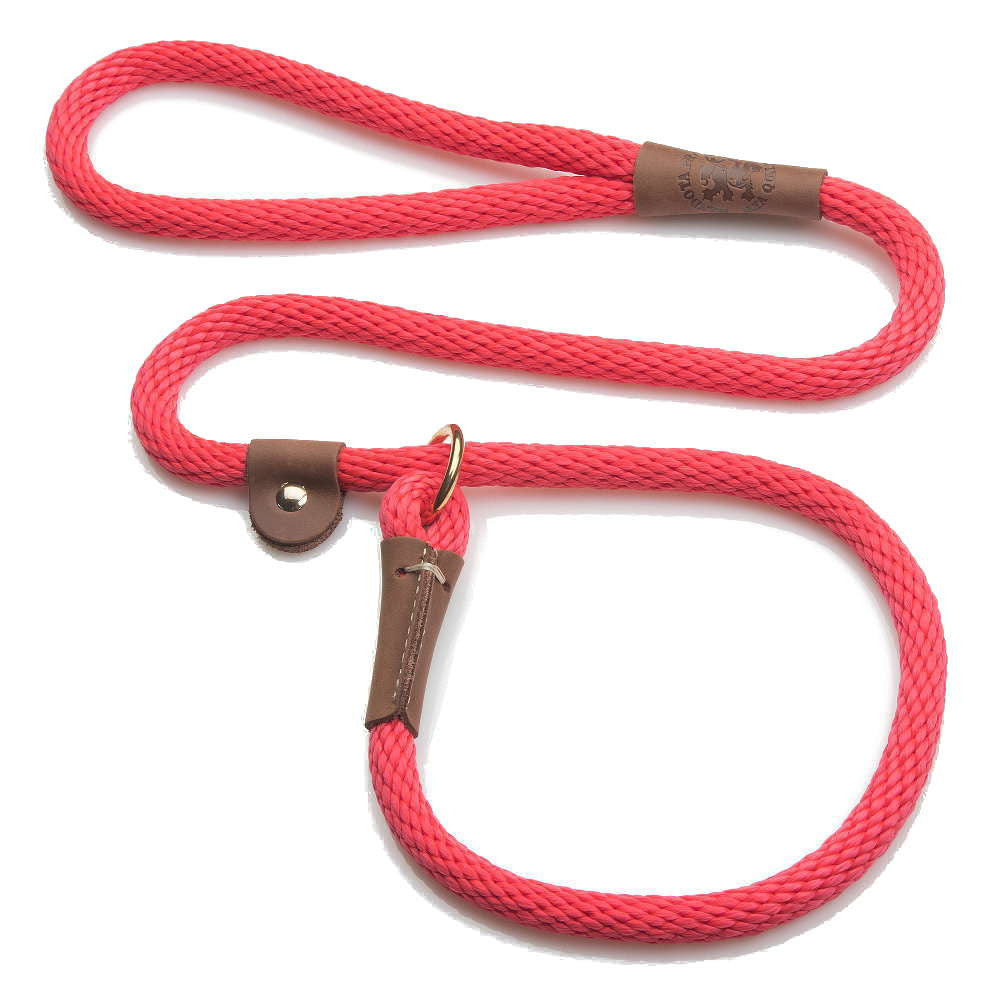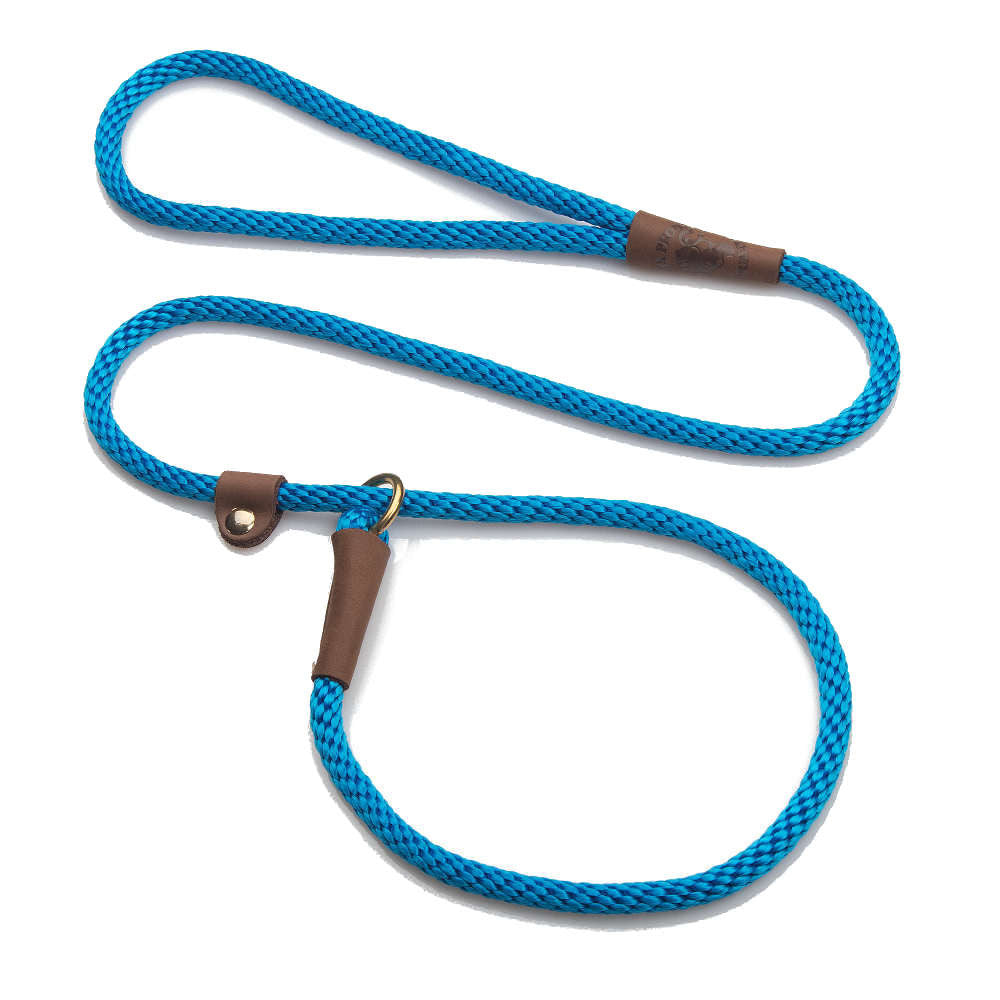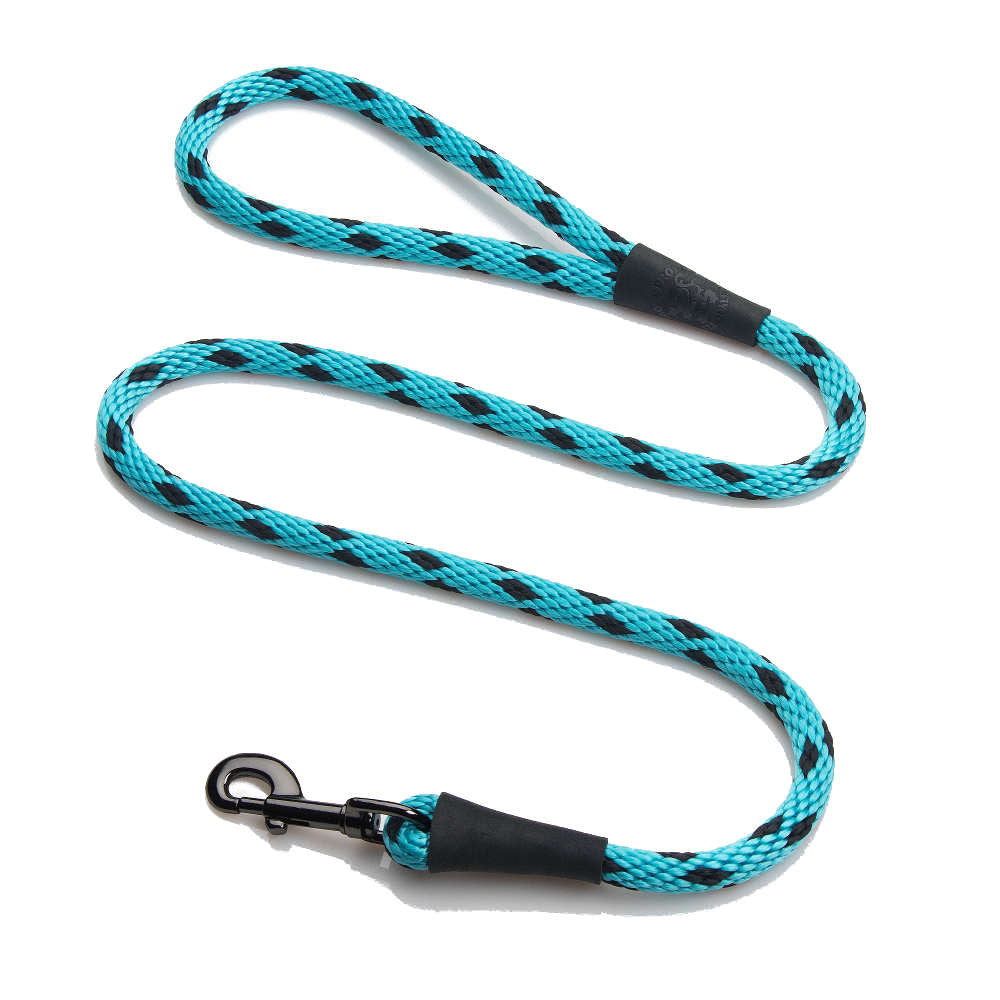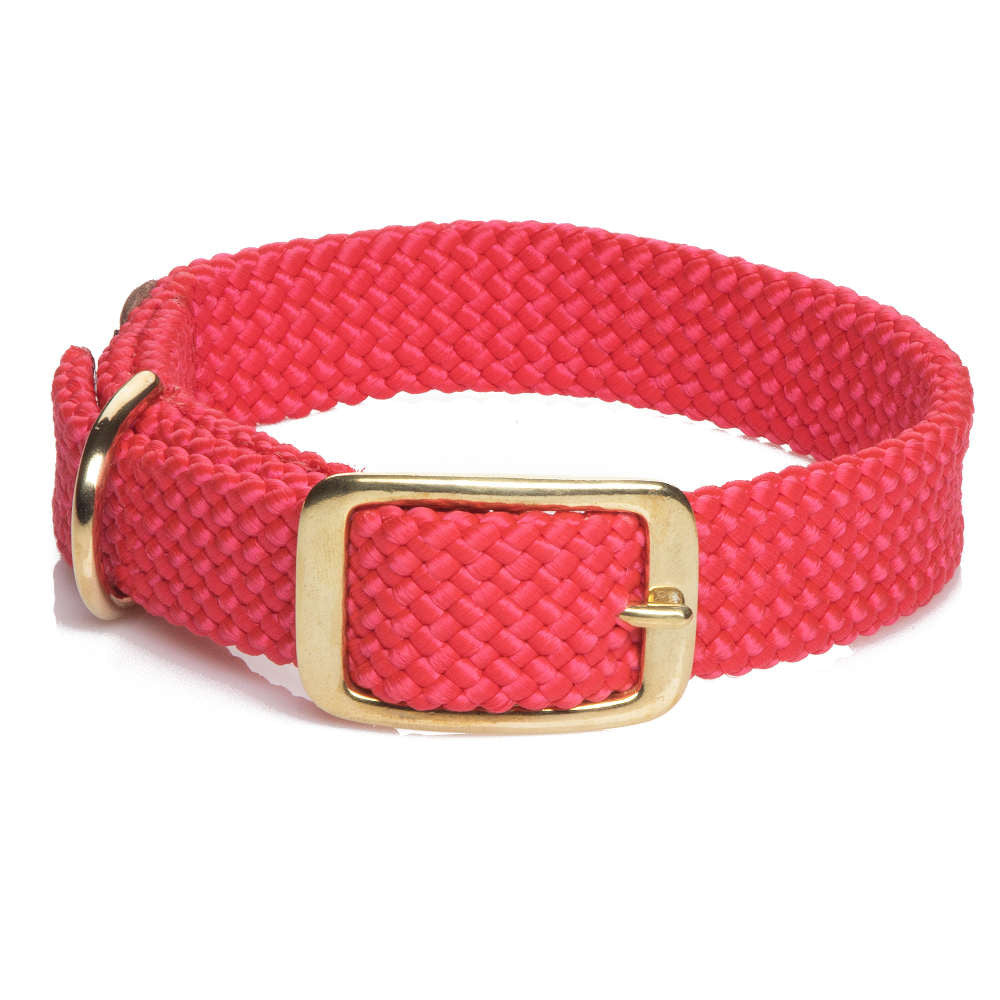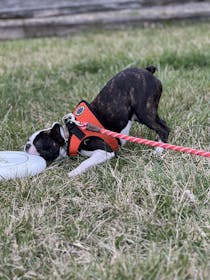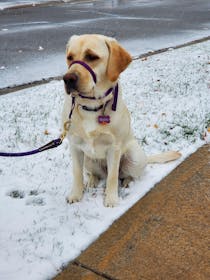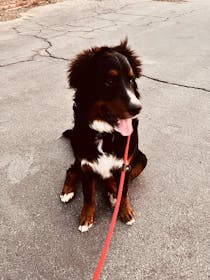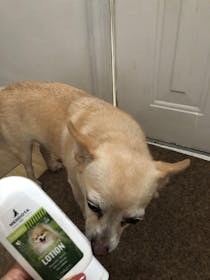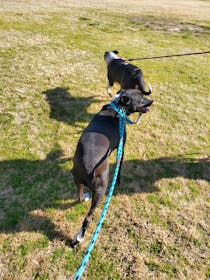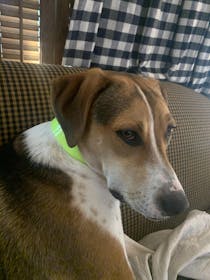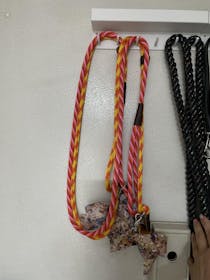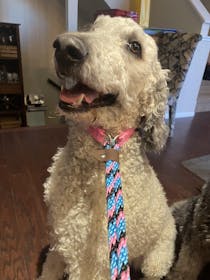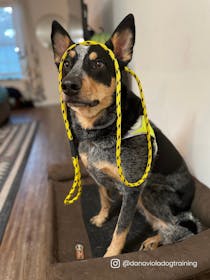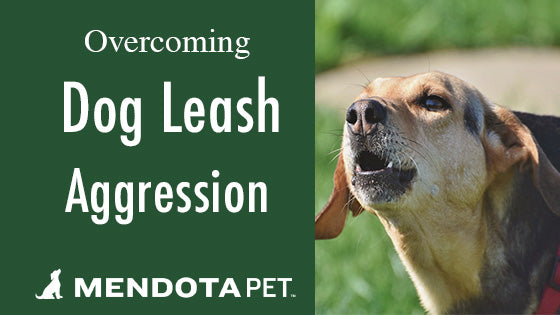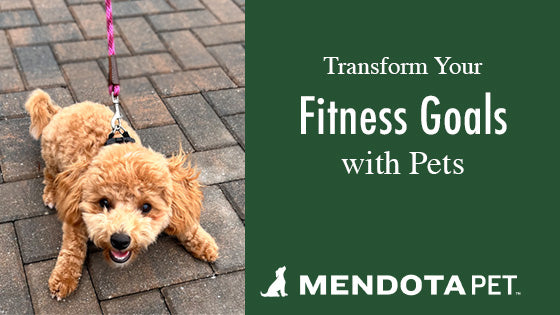Choosing The Best Leash for Dog Training
We get a lot of questions on which type of leash is best for training. While we’ve discussed how to select the best leash for your pets, we haven’t really talked about which leash is best for basic training.
We’ve all seen people being pulled down the road by their overzealous dog and this is something we want to avoid. This post will discuss the pros and cons of each type of lead and which one is ideal for training.
Slip Lead
The slip lead is our most popular leash for training, breeders, shows, rescue and general use. It’s the easiest way to regain control over a dog whether they are wearing a collar or not. But it's important that you know how to use a slip leash correctly.
The slip lead is ideal for training or moving dogs because it doesn’t allow your pet to slip the lead. It’s perfect for quickly moving dogs from place to place without a collar (e.g., in a shelter or breeding environment).
Our specially-designed leather tab is easily moved up and down the rope to adjust around the dog’s neck. This ensures that even when the lead is loose, it won’t slip over their head. Ideally, you should be able to slide 2-3 fingers between the loop and your dog's neck.
If your dog is a chronic puller, you will need to incorporate treats or rewards to train them in a controlled environment before using a slip lead for walks. The slip lead should not be used on dogs that chronically pull as the constant pressure can damage their neck, throat and spine.
However, once you have trained your dog to heal, the slip lead is ideal for walks.
Be sure you select the proper size for your dog. Each slip lead is available in ⅜” and 1” diameters, with a choice between 4’ft and 6’ ft lengths.

Martingale and Dog Walker
For those who prefer to avoid slip leads, the martingale may be for you!
A Martingale is a “no slip” collar, traditionally used on narrow headed breeds (like Greyhounds) and dogs who are prone to “backing out” of their collar when frightened or startled. They typically do not have a closure but instead slip over the head and then are tightened after being put on.
Learn how to choose, fit and use a martingale here.
The Dog Walker is our large dog version of the petite martingale. This is an excellent option for teaching your dog to heal in a controlled environment.
Like the slip lead, it’s important to keep pressure off your dog’s throat and neck when teaching them to heal. A little is okay, a lot is not. The Mendota Pet Dog Walker allows for you to adjust the lead without putting excess pressure on the throat. The design allows you and your pet comfortable security while walking.
Choose from the small ⅜” width or the 1” width and make sure you have it adjusted correctly.
The EZ Trainer
The EZ Trainer was designed in cooperation with a leading dog trainer of obedience and field. It is much easier to use than other head halters and harnesses and doesn't apply extra pressure in areas that stress your dog.
The EZ Leader is designed for to teach dogs to:
- heel
- sit
- stop jumping
- learn the "whoa" command
The extra loop allows you to fashion a harness that applies pressure to the abdomen rather than the neck. This makes it much safer than the slip lead and easier to maintain control of your dog during training.
This is one of our best training leashes and will give you control of your dogs in just a few sessions.
Snap Lead
The snap lead is perhaps the most common type of leash available on the market. This leash is designed to work with either our matching double-braid collars or any other type of collar or harness. It’s the most versatile and safest lead on the market.
If your dog has not been trained to heal, the snap lead is ideal for you. It won’t hurt your dog’s spine or neck due to improper use, and is an excellent way to keep your dog under control in any environment.
Choose the ⅜” width in either the 4-foot, 6-foot or 15-foot lengths for small dogs under 50 lbs. The 1" width in either the 4-foot, 6-foot or 15-foot lengths is best for dogs over 50 lbs. The length will be determined by the size of the dog and activities you plan to do.
For example, a Pomeranian may benefit most from a ⅜” diameter, in a 6-ft length. This gives the dog plenty of security and the owner room to walk them if they are over 5’ tall. A German Shepherd will benefit most from a 1” lead in a 4-ft or 6-ft length depending on how much freedom you want your dog to have during training.

Traffic Leads
Mendota Pet’s Traffic Leash is a very short (1.5’) snap lead that is designed to give people control over a large dog in a tight area. Mendota Pet offers them in leather and polypropylene rope. This means, it’s ideal for a number of scenarios, including:
- Walking your dog in the city
- Keeping your dog from jumping out of the car when you stop
- Securing your dog via harness in an off-road vehicle
- Training your dog to heal
Check Cords
These are long snap leads used for training dogs in the field or in competition. Check cords give the human plenty of distance from the dog while still keeping them on leash. They are ideal for:
- Field work
- Teaching recall
- Obedience training
- Transitioning to off-leash work
The Check cords from Mendota Pet are constructed of the same multi-filament polypropylene roping used in all of our products. These long lines are UV coated to protect against decay and fading, and are gentle on the hands.
The trainers and super cords are the professional's choice for training to come on command and retrieving to hand. They're available in several lengths (including custom lengths):
- Obedience (⅜” x 20 ft)
- Trainer (⅜” x 30 ft)
- Trainer (⅜” x 50 ft)
- Protrainer (½″ x 30)
- Supercord (7/16" x 30)
- Supercord (7/16" x 50 ft)
We hope this gives you a little more insight on the best leash for your dog's training. Of course, if you have any further questions, you can always contact us via the chat option on our website, facebook messenger or email at info@mendotapet.com.



